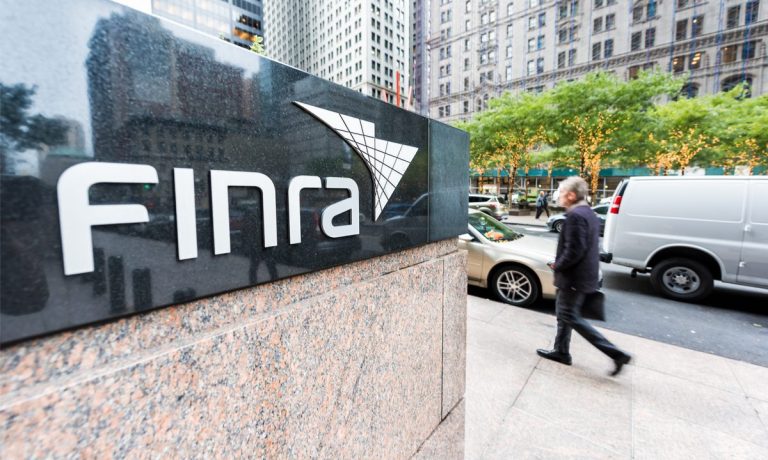FINRA Debuts Tougher Money Laundering Rules

The Financial Industry Regulatory Authority (FINRA), a Wall Street regulator, has issued new guidance for broker-dealers on the penalties they could face for violating anti-money laundering (AML) rules, eliminating the cap on fines for bigger companies.
According to new guidelines issued Thursday (Sept. 29) by the group’s National Adjudicatory Council (NAC), FINRA could levy fines of $10,000 to $310,000 against small firms that have failed to take appropriate measures to prevent money laundering.
Large firms would face much harsher penalties, starting at $50,000 with no upper limit on the fines they could face.
“The changes to the Sanction Guidelines align the sanctions to where FINRA’s Enforcement program has evolved,” Jessica Hopper, executive vice president and head of FINRA’s Department of Enforcement, said in a news release. “The Sanction Guidelines also bolster FINRA’s mission of protecting investors by reflecting how grave violations of FINRA’s rule will result in serious sanctions.”
Allan Lawhead, associate general counsel to the NAC, added in the release that the improvements address the more common violations that firms and individuals have committed in recent years and “underscore the seriousness of some violations.”
In PYMNTS’ report “The State of Fraud and Financial Crime in the U.S.” — done in collaboration with Featurespace — 200 executives from a range of financial institutions (FIs) with assets of at least $5 billion displayed heightened awareness about money laundering and other forms of financial fraud, as well as and the need for innovation to prevent it.
Read more: 95% of Execs Involved in AML Say Innovation Is ‘High Priority’
Ninety-five percent of AML executives said they consider advanced technologies for those efforts a high priority. However, as many as 85% of those surveyed also showed some concerns about the challenges of embracing those technologies.
Overall, 59% of the firms surveyed said they had seen an overall increase in fraud rates in the past year. Small firms were the hardest hit, with nearly three-quarters of them reporting an increase. Meanwhile, just 23% of respondents said they had experienced fraud rates that were “about the same” — which is far from an encouraging sign.